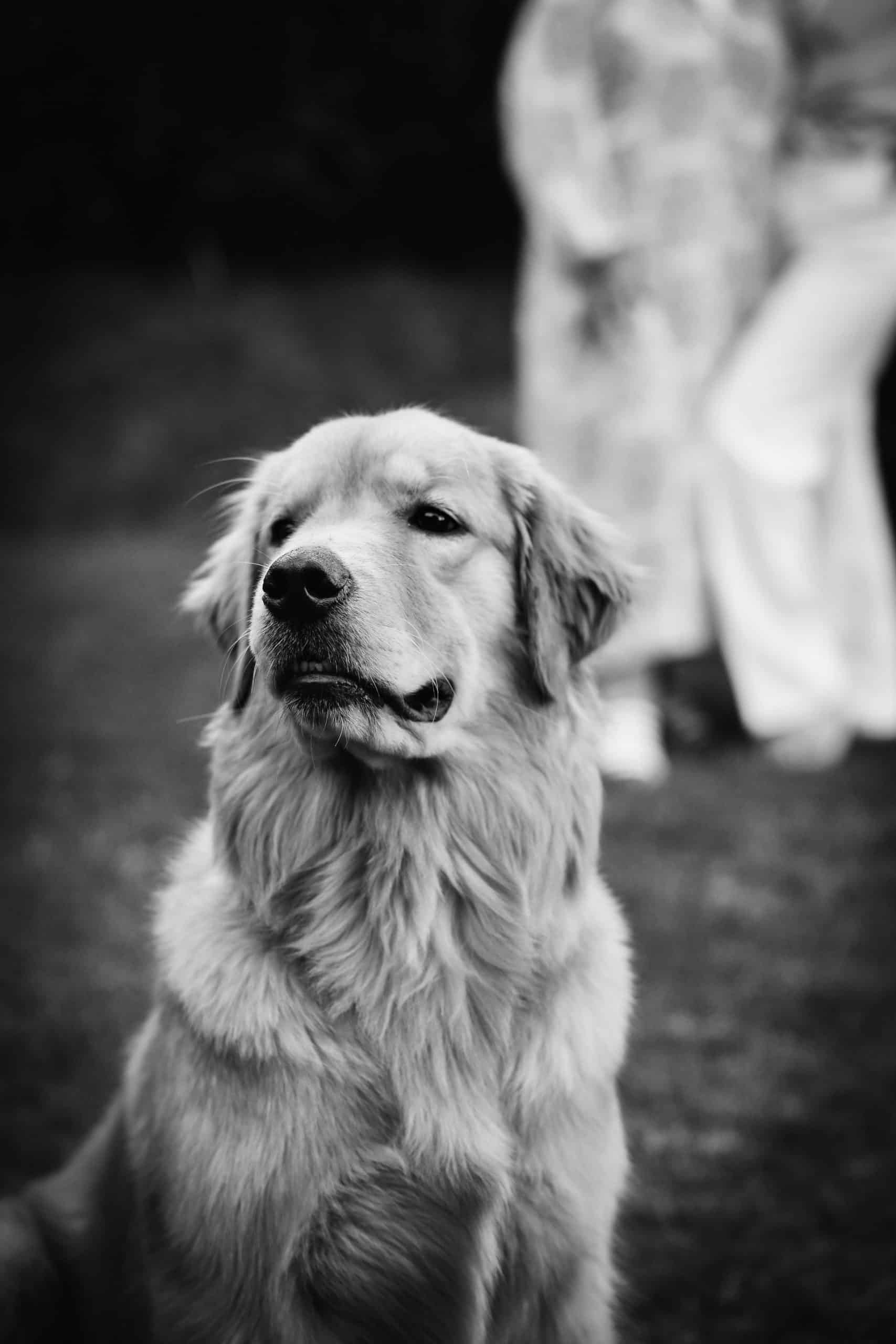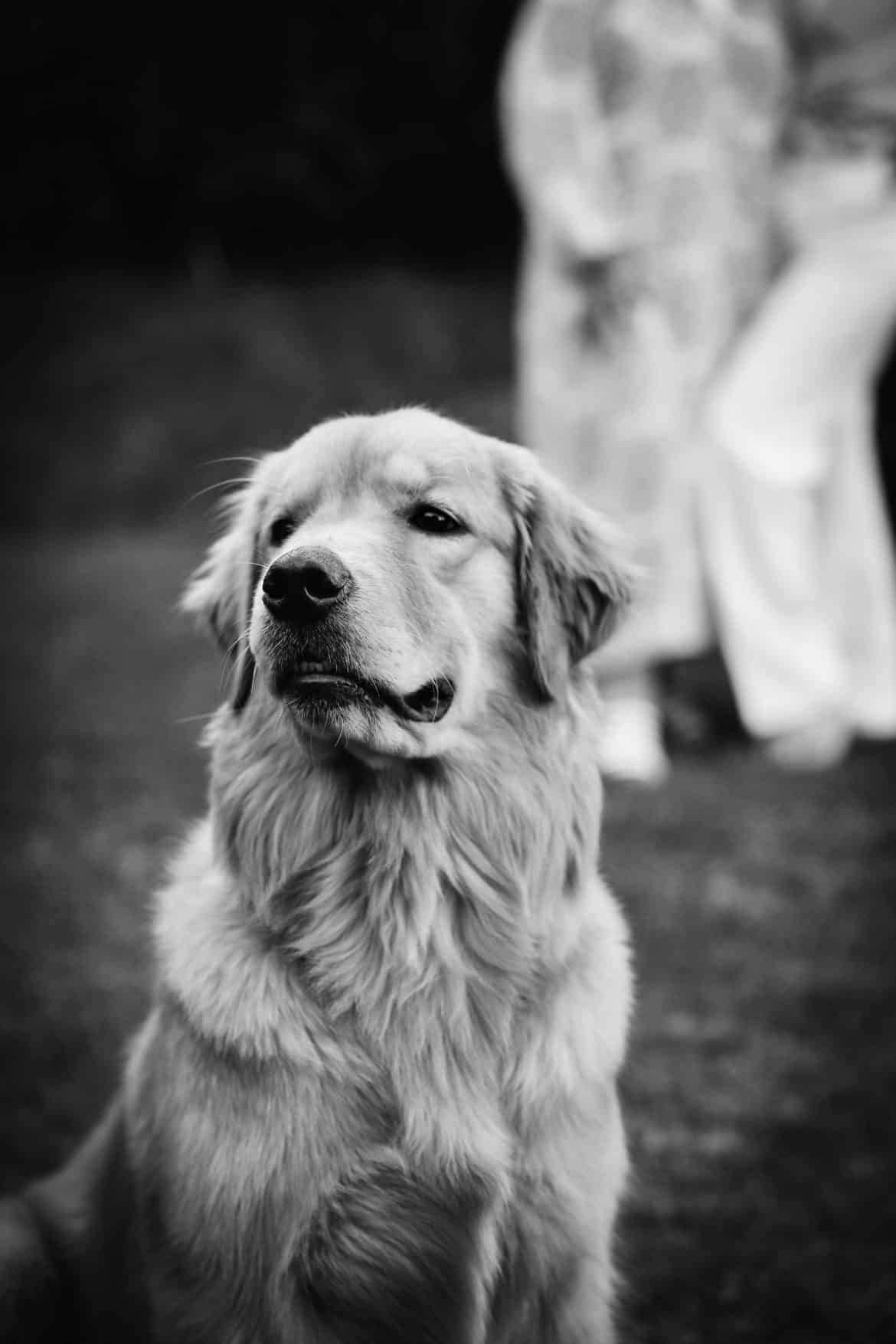So you've decided it's time to train your furry friend, and you're in the market for a dog training collar. With so many options available, it can be overwhelming to figure out which one is right for you and your pup. Don't worry, though, because we've got you covered. In this article, we'll explore the ins and outs of choosing the perfect dog training collar, from understanding different types of collars to finding the one that best suits your training goals. By the end, you'll feel confident and ready to embark on your training journey with your four-legged companion.
Factors to Consider
When it comes to choosing the right dog training collar for your furry friend, there are a few key factors that you should take into consideration. These factors will help you determine the most suitable collar for your dog's needs and ensure that the training experience is effective and safe.
The Size and Breed of Your Dog
The first factor to consider is the size and breed of your dog. Different breeds may have different temperaments and sensitivities, which can influence the type of collar that is most appropriate. Additionally, the size of your dog will determine the size of the collar needed to ensure a proper fit. It's important to choose a collar that is not too tight or too loose, as an ill-fitting collar can be uncomfortable and potentially harmful for your dog.
The Training Goals
Another important factor to consider is the training goals that you have for your dog. Are you looking to teach basic obedience commands, address specific behavioral issues, or participate in advanced agility training? The specific goals you have will help determine which type of collar will be most effective for achieving them. Different collars offer different levels of control and feedback, so it's important to choose one that aligns with your training objectives.
Your Dog's Sensitivity and Temperament
The sensitivity and temperament of your dog are also crucial factors to consider when choosing a training collar. Some dogs may be more sensitive to certain types of feedback or may have a higher pain threshold. It's important to choose a collar that is suited to your dog's individual temperament and sensitivity level to ensure that the training experience is both effective and humane.

This image is property of images.pexels.com.
Types of Dog Training Collars
Now that you have considered the factors that are unique to your dog, let's explore the different types of dog training collars available on the market. Each type of collar has its own design, functionality, pros, and cons. Understanding these differences will help you make an informed decision and choose the collar that best suits your dog's needs.
Flat or Buckle Collar
The flat or buckle collar is the most common type of collar and is suitable for most dogs. It consists of a simple strap with a buckle closure. This collar is primarily used for identification and leash attachment rather than training purposes. It provides minimal control and feedback and is best suited for well-behaved dogs that do not require additional training support.
Basic Design and Functionality
The flat or buckle collar is made from durable materials, such as nylon or leather, and features an adjustable strap to ensure a proper fit. It is easy to put on and take off your dog and can be customized with tags and accessories.
Pros
- Simple and easy to use
- Suitable for most dogs and breeds
- Ideal for identification and leash attachment
Cons
- Provides minimal control or feedback
- Not recommended for dogs that require additional training support
Martingale Collar
The martingale collar, also known as a limited-slip collar, is designed for dogs that tend to pull or slip out of their collars. It has a loop design that tightens when the dog pulls, providing gentle feedback without choking or causing harm. The martingale collar is a suitable option for dogs with narrow heads, such as Greyhounds or Whippets.
Basic Design and Functionality
The martingale collar consists of a wide strap that encircles the dog's neck and an additional smaller loop that passes through the main strap. When the dog pulls, the smaller loop tightens, preventing the collar from slipping off. This corrective action encourages the dog to stay close and maintain a loose leash while walking.
Pros
- Provides control without choking or causing harm
- Suitable for dogs that tend to slip out of their collars
- Ideal for dogs with narrow heads
Cons
- May not be as effective for dogs that are extremely strong or resistant to correction
Prong or Pinch Collar
The prong or pinch collar is a controversial tool that is typically used as a corrective measure for dogs that pull excessively on the leash. It consists of a series of interlocking metal links with blunted prongs that pinch the dog's neck when pressure is applied.
Basic Design and Functionality
When the dog pulls, the prongs on the collar apply pressure to the dog's neck, mimicking the natural correction of a dog's mother or pack leader. The pressure is released as soon as the dog stops pulling, reinforcing the desired behavior of walking on a loose leash.
Pros
- Provides immediate correction for strong pullers
- Can be effective for dogs that do not respond to other training methods
Cons
- Controversial and may be considered inhumane by some
- Must be used with caution to avoid injury or discomfort to the dog
Choke Collar
Similar to the prong collar, the choke collar is designed to provide a quick correction for dogs that pull on the leash. It consists of a loop of chain or nylon that tightens around the dog's neck when pressure is applied. It is important to note that choke collars should not be used as a long-term solution or left on unattended dogs.
Basic Design and Functionality
When the dog pulls, the choke collar tightens, applying pressure to the dog's neck. The pressure is released when the dog stops pulling or when the leash is loosened. The choke collar is designed to create discomfort or a sense of pressure to discourage pulling behavior.
Pros
- Provides quick correction for pulling behavior
- Can be effective for dogs that do not respond to other training methods
Cons
- Can cause injury or discomfort if used improperly
- Should not be used as a long-term solution or left on unattended dogs
Electric or Shock Collar
The electric or shock collar is a controversial training tool that delivers an electric shock or vibration to the dog's neck when a correction is needed. It is usually operated by a remote control and can be adjusted to deliver different levels of intensity.
Basic Design and Functionality
When a correction is required, the electric collar emits an electric shock or vibration, providing immediate feedback to the dog. The intensity of the shock or vibration can be adjusted depending on the dog's response and training requirements.
Pros
- Provides immediate and customizable correction
- Can be effective for off-leash training or addressing specific behavioral issues
Cons
- Controversial and may be considered inhumane by some
- Must be used with caution to avoid causing harm or fear
Citronella Collar
The citronella collar is a humane alternative to shock collars that uses a burst of citronella scent to interrupt unwanted behaviors. It is particularly effective for deterring excessive barking.
Basic Design and Functionality
When the dog barks, the collar detects the sound and releases a burst of citronella scent towards the dog's nose. The strong scent distracts the dog and interrupts the barking behavior.
Pros
- Provides an effective and humane way to deter excessive barking
- Does not cause harm or discomfort to the dog
Cons
- May not be as effective for dogs that are not responsive to scent-based distractions
- Requires regular maintenance and refilling of the citronella spray

This image is property of images.pexels.com.
Safety Considerations
While training collars can be useful tools in the training process, it is essential to prioritize your dog's safety and well-being. Here are some important safety considerations to keep in mind when using a training collar.
Choosing the Right Size and Fit
To ensure the safety and effectiveness of the training collar, it is important to choose the right size and ensure a proper fit. The collar should be snug enough to prevent the dog from slipping out but not too tight that it causes discomfort or restricts breathing. Regularly check the fit of the collar as your dog grows or gains/loses weight.
Using the Collar Correctly
Using the training collar correctly is crucial to avoid causing harm or distress to your dog. Follow the manufacturer's instructions and ask for guidance from a professional dog trainer if needed. Avoid using excessive force or employing corrective actions that could harm your dog. Always prioritize positive reinforcement and reward-based training methods alongside the use of a collar.
Avoiding Long-Term Use
Training collars should not be used as a long-term solution. They are intended to be used as temporary training aids to modify certain behaviors. Once the desired behavior is learned, it's important to transition to positive reinforcement training methods without the need for the collar. Long-term use of training collars can cause dependency or potential harm to the dog.
Getting Professional Guidance
If you are unsure about how to choose or use a training collar, it is always best to seek guidance from a professional dog trainer. They can assess your dog's specific needs, provide tailored training advice, and demonstrate the proper use of training collars. Professional guidance will ensure that you are using the collar in a safe and effective manner.

This image is property of images.pexels.com.
Training Tips
In addition to choosing the right collar and prioritizing safety, here are some training tips to help you make the most of your training experience with your dog.
Start with Positive Reinforcement
Positive reinforcement should always be the foundation of your training approach. Use treats, praise, and rewards to reinforce desired behaviors and make the training experience enjoyable for your dog. Positive reinforcement creates a strong bond between you and your dog and makes learning more effective.
Gradually Introduce the Collar
If your dog is not familiar with wearing a collar, take the time to gradually introduce it. Allow your dog to sniff and investigate the collar before gently placing it around their neck. Reward your dog with treats and praise to create positive associations with wearing the collar.
Use Consistent Commands and Signals
Consistency is key when it comes to training. Use clear and consistent commands and signals to communicate your expectations to your dog. This will help your dog understand what is expected of them and make the training process more effective.
Reward Good Behavior
When your dog exhibits the desired behavior, be sure to reward and praise them. This positive reinforcement will reinforce the behavior and motivate your dog to continue behaving in the desired way. Remember to be consistent with your rewards to maintain clarity for your dog.
Be Patient and Consistent
Training takes time and patience, so it's important to remain consistent and patient throughout the process. Dogs learn at their own pace, so be prepared to adjust your expectations and methods as needed. Celebrate small wins and be persistent in your training efforts to help your dog reach their full potential.
By considering the factors unique to your dog and understanding the different types of training collars available, you can choose the most suitable collar for your dog's needs. Prioritize your dog's safety and well-being, seek professional guidance when needed, and implement positive reinforcement training methods for a successful and enjoyable training experience. With patience, consistency, and the right training collar, you can help your dog become a well-behaved and happy companion.



